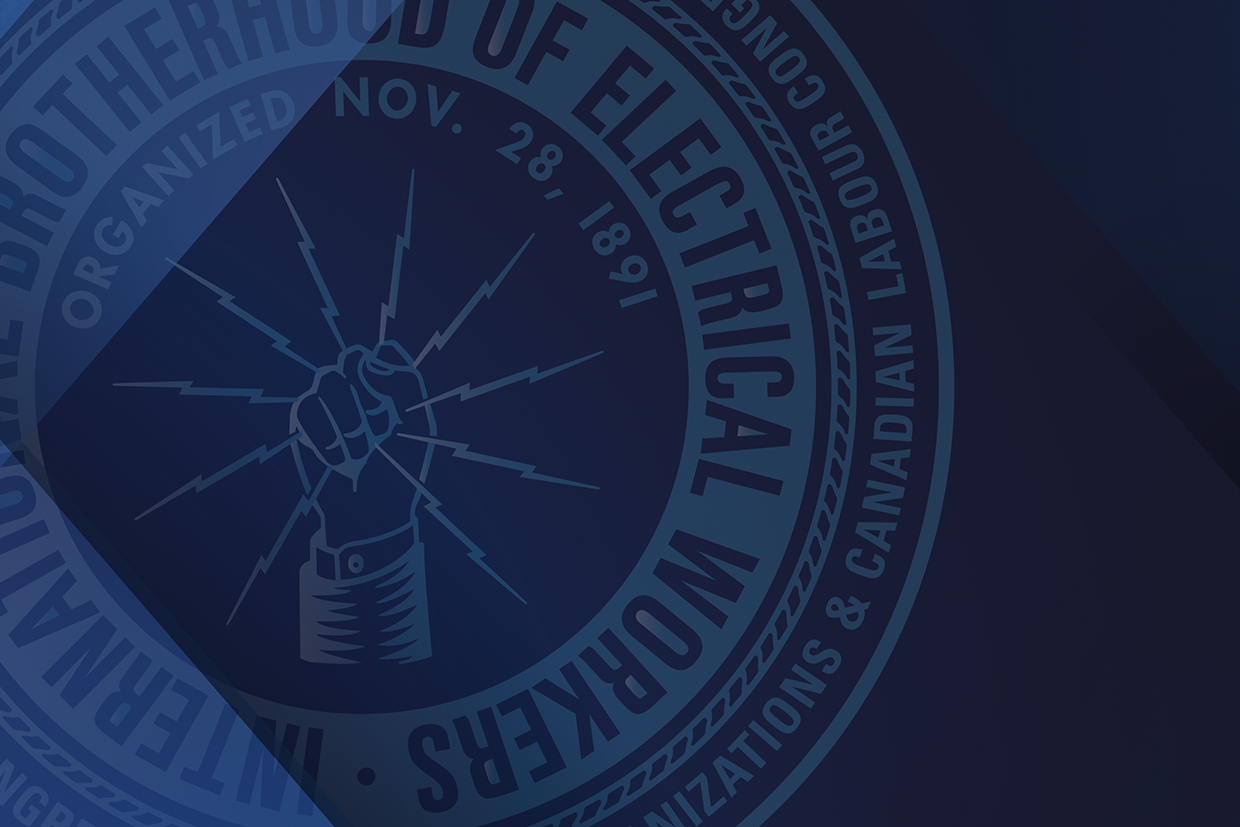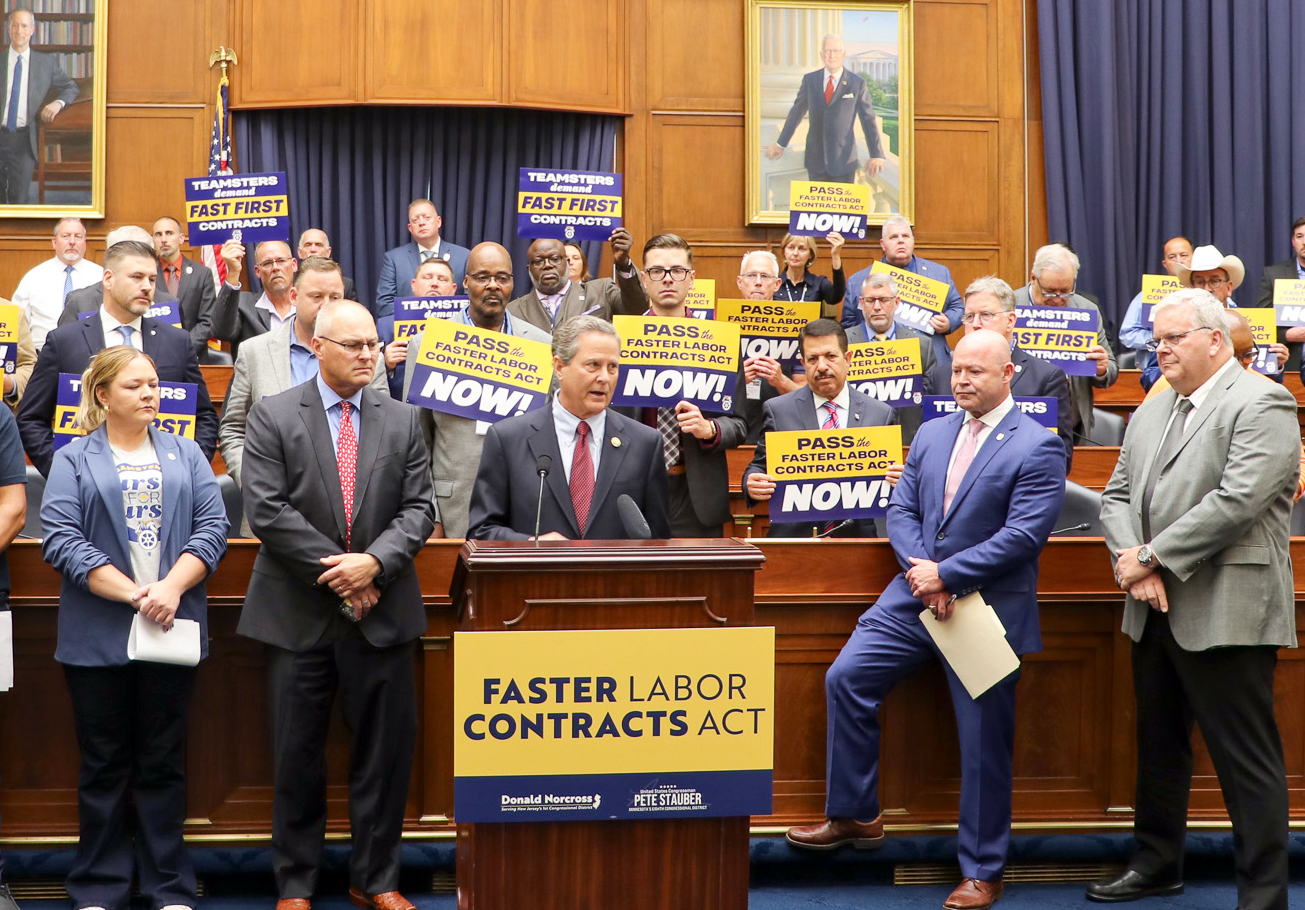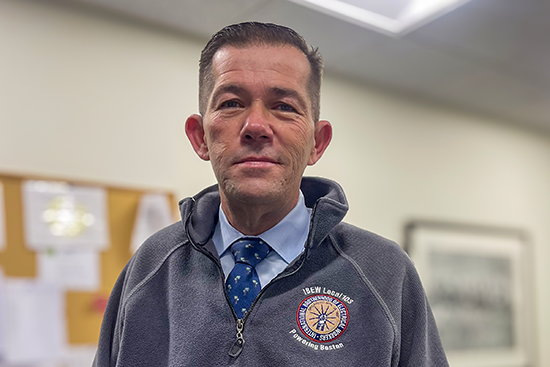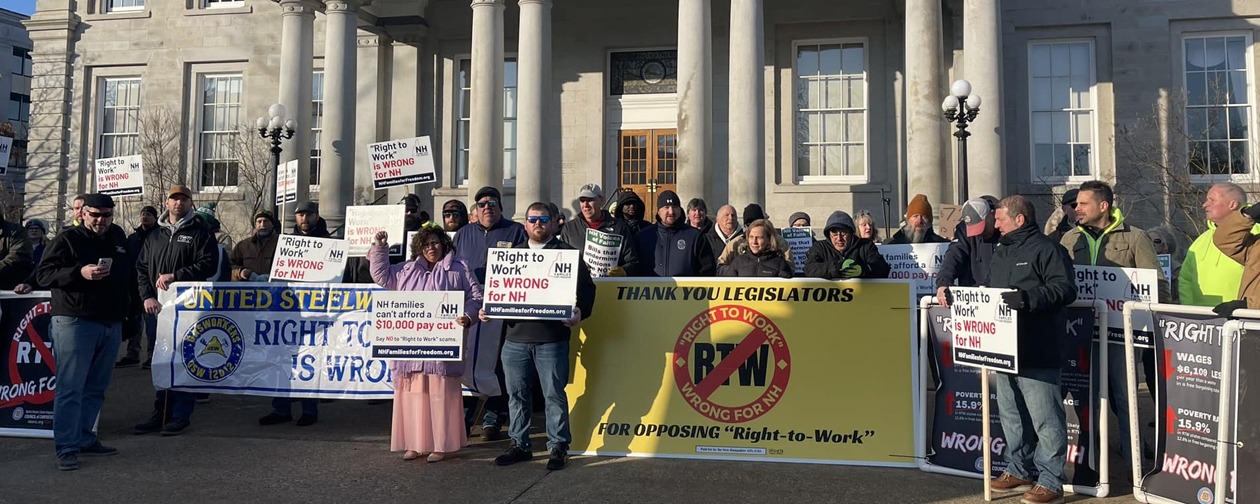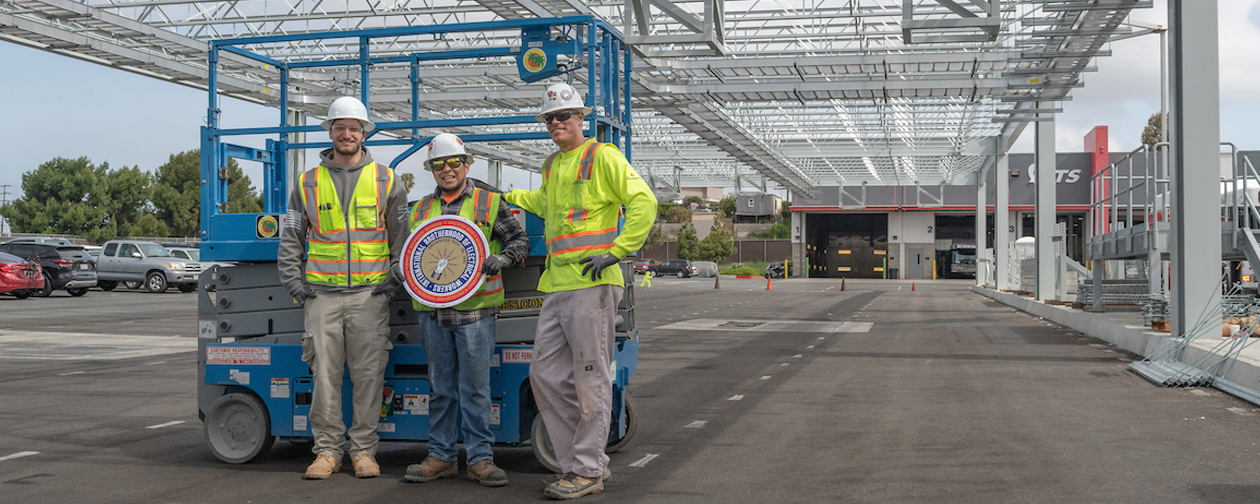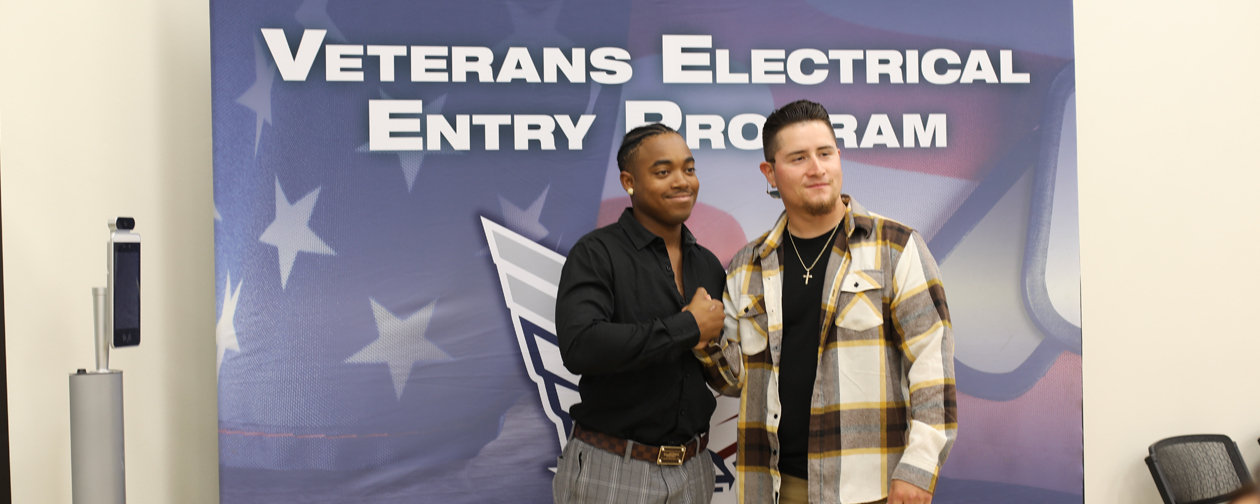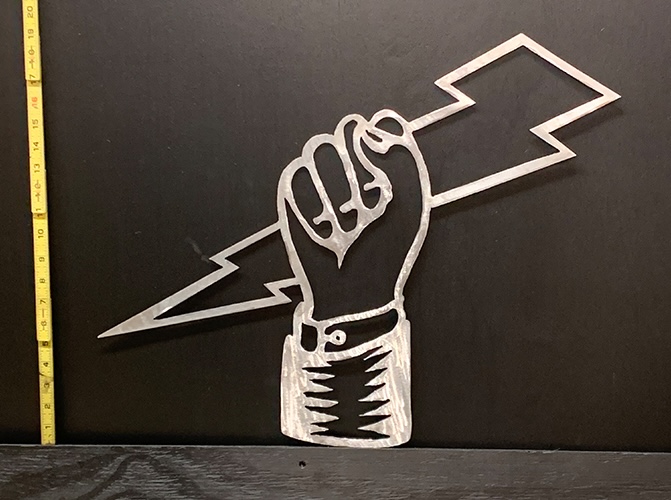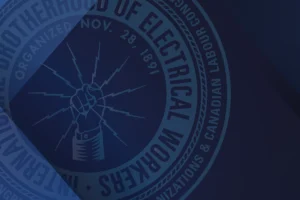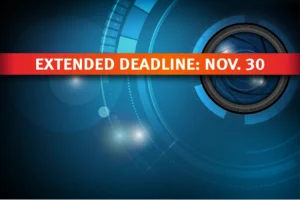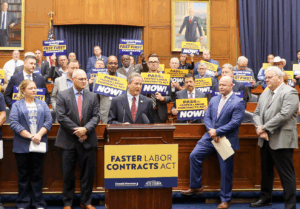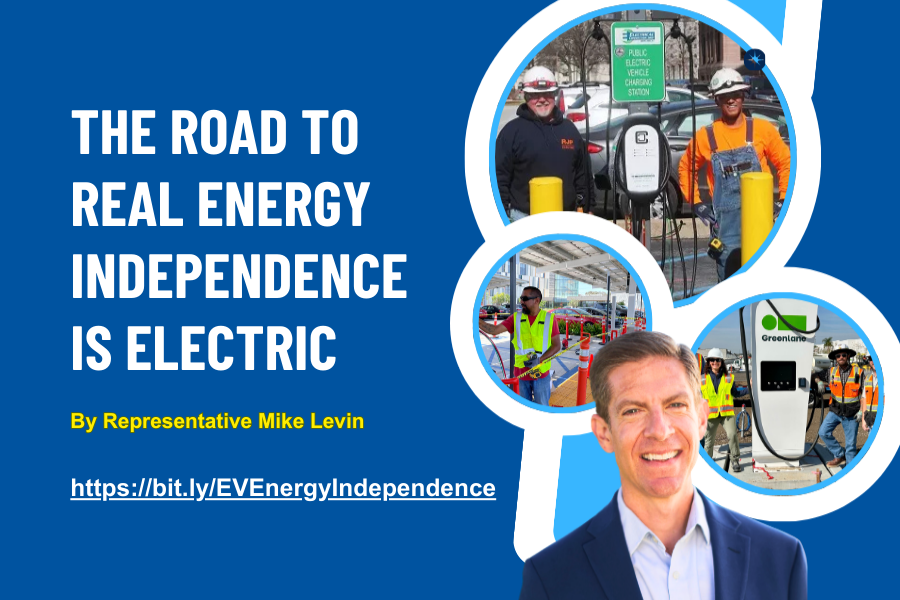
I grew up in Southern California during the smog-filled 1980s. Some days, you couldn’t even see the mountains. After a lap around the track at school, your chest would burn. Since then, the progress has been real, but the work of protecting our air and our health is far from finished.
As the world has watched the recent conflict in the Middle East, Americans have once again seen gas price instability rise with the tension. This happens every time instability flares up in oil-producing regions. The problem isn’t new—and neither is the solution.
We don’t have to keep tying our economy and our national security to imported oil. We can power our transportation system with American electricity instead. Electric vehicles are a key part of that solution. While they’re often discussed in terms of climate and health benefits, EVs also deliver something every American should care about: energy security.
Unlike gas-powered vehicles, EVs run on electricity generated here at home. You can charge them at home or at one of the tens of thousands of public stations now available nationwide. And you’re not fueling up with oil from overseas—you’re drawing power from the U.S. electric grid, increasingly supplied by a diversified mix of cleaner American energy sources.
This shift makes us stronger. It gives families more stability and more control. The average EV driver saves hundreds of dollars a year on fuel and maintenance. That adds up quickly, especially for commuters and working families. And the more we electrify transportation, the less we are at the mercy of foreign governments and global oil markets.
Of course, there’s a reason some special interests are trying to stop this progress.
Fossil fuel companies poured hundreds of millions of dollars into the last election to support candidates and policies that protect their profits and keep America dependent on oil. That’s also why we’ve seen a coordinated effort to spread false information about EVs—attacking their reliability and ignoring the cost savings.
Here are the facts. EV technology has improved dramatically. Range is up, costs are down, and public charging infrastructure is expanding fast. The grid is getting stronger every year, and I’ve been proud to be one of the leaders in Congress working to modernize it. And battery production in the U.S. has grown substantially, helping us reduce reliance on overseas supply chains. But if we retreat now, that progress could stall.
Meanwhile, we are losing the global EV race to China. Chinese automakers already dominate global EV markets and are flooding other countries with low-cost electric cars. If we fail to invest in American manufacturing, American workers, and American innovation, we risk falling permanently behind.
That’s why we must stay the course: maintaining strong incentives for EVs, building out a national charging network, and making smart investments in our power grid and domestic supply chains.
It also means defending the clean air standards that got us here in the first place. For decades, California has led the nation with stronger pollution rules, using a waiver granted under President Nixon. Those rules haven’t just accelerated EV adoption—they’ve helped reduce asthma, improve air quality, and drive innovation across the auto industry. And they’ve been supported by both Republican and Democratic governors alike.
But now, some in Congress want to strip California and other states of that authority. They talk about states’ rights until a state tries to protect its citizens’ health. That’s not leadership. That’s surrendering to the same polluters who are trying to block our future.
Clean air and energy security aren’t partisan. They’re American. And if we want to protect both, we have to keep moving forward—not back to the smog, not back to the price spikes, and not back to a time when foreign oil dictated our future.
The road to real energy independence is electric. Let’s stay on it.

